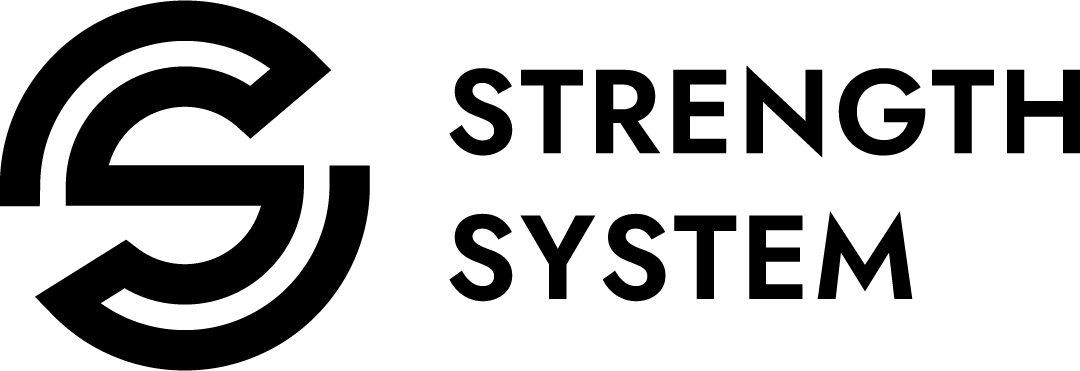4 May, 2023
Sebastian Oreb
YOU SHOULD STOP TRAINING TO FAILURE!!!! Or should you? 🤷🏻♂️
Well, here’s the thing: you’ve got the “smart” gym-goers who claim that training to failure is WRONG! They argue that it leads to technical breakdown, which in turn leads to injury. It’s also fatiguing and can cause overtraining.
On the other hand, you’ve got the “Train Hard” crew who understand the value of training to failure in order to increase mechanical tension on the muscle, maximizing the potential for hypertrophy.
Now, I’m here to tell you that, like most things, the answer lies somewhere in the middle.
Training to failure DOES have risks and it IS fatiguing, so the solution is to save some reps in reserve (RIR) to reduce these risks.
But how do we know how many reps we have in reserve if we’ve never been to failure? 🤔 The truth is, humans are incredibly poor at predicting how close to failure they are. When aiming for 1, 2, or 3 reps in reserve, how many reps do we actually have?
Moreover, the main mechanism for muscle hypertrophy, or in other words, the key driver for muscle growth, is taking the muscle as close to failure as possible. This brings us to a dilemma: knowing exactly how hard we should be training. We should “train hard,” but we should also “train smart.” Here’s a quick solution to help you strike the right balance. It involves leaving reps in reserve… sometimes, as well as training to failure… sometimes.
I do this by periodizing effort with a 4-week model that can help you too:
- Week 1 – RPE 7 or 3 RIR: RPE (Rate of Perceived Exertion) is a scale used to measure the intensity of your workout, while RIR refers to the number of reps you believe you can still perform before reaching failure. This is the first week of the mesocycle, and the objective is to start conservatively, giving yourself room to progress.
- Week 2 – RPE 8 or 2 RIR: Add weight to week 1 loads, working a little bit harder and a little closer to failure.
- Week 3 – RPE 9 or 1 RIR: Add more weight again, and now you’re working pretty close to failure. This is the hardest training week of the 4-week cycle, and hopefully, you still don’t quite reach failure on your lifts.
- Week 4 – Deload: There are several deloading strategies, which I will cover in a later post. For now, I’ll leave you with one of them: take the main lifts as close to failure as possible within the prescribed rep range of your program. This is where you test your limit. Aim to increase the weight again to the next logical weekly incremental increase. Now that you’ve had three weeks of practice on this program, you’ll have a better idea of your limits, and now it’s time to put them to the test. Halve the total sets but aim to lift a weight for the prescribed reps, leaving fewer reps in reserve. Halving the volume on this week will make the session easier overall, even though you’ve gone heavier, and the reduction of volume will allow for good enough recovery to move onto the next 4-week phase and start the procedure again.
So, as we wrap things up, it’s crucial to remember that individual differences play a significant role in determining the most effective training approach. What works best for one person may not necessarily be the best choice for another. Additionally, the benefits and risks of training to failure can vary greatly depending on the specific exercises and muscle groups being targeted.
By following this 4-week model, you can strike a balance between training hard and training smart. This method will allow you to become more aware of your own capabilities and limitations, helping you develop a more calculated and personalized approach to your workouts. As you progress, you’ll have a better understanding of how hard you should be pushing yourself in the gym while minimizing the risks associated with training to failure.
In conclusion, remember that the key to success is finding the sweet spot between intensity and safety. By incorporating this 4-week model into your training routine, you’ll be on your way to unlocking your full potential, achieving your fitness goals, and truly mastering the art of training hard….. and smart.







